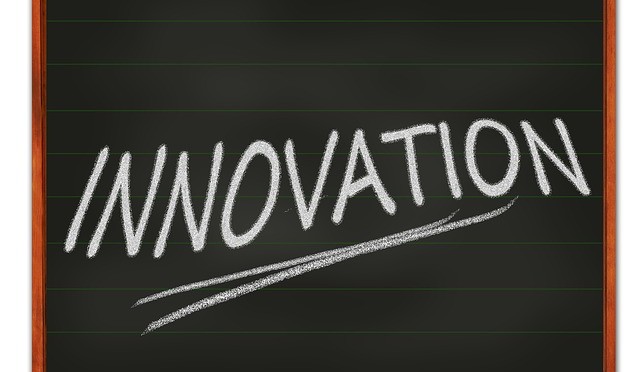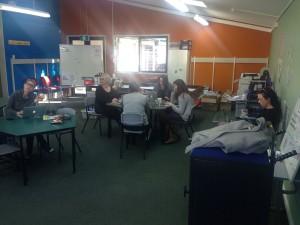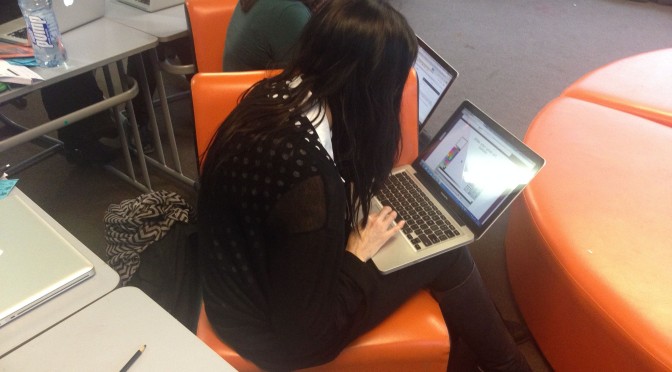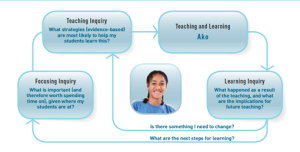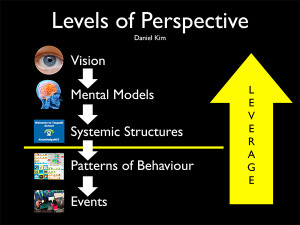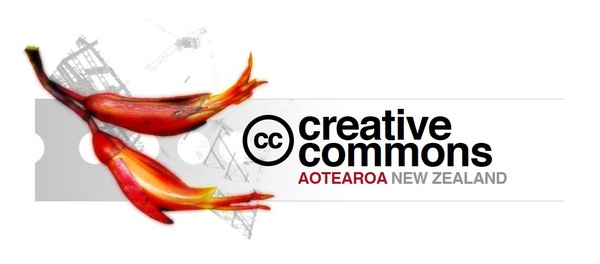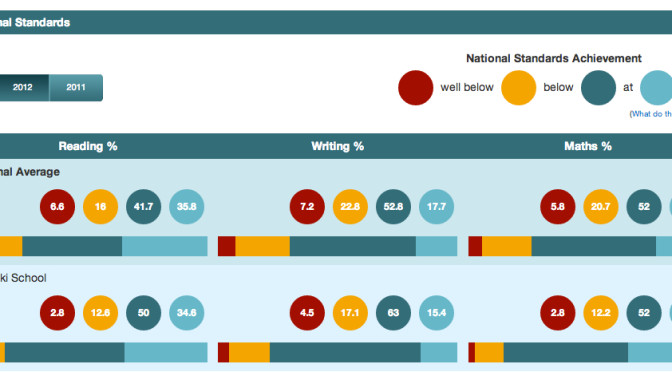This #28daysofwriting piece is at the end of a school day just before dinner in the staffroom as we have our ‘meet the teacher evening’ tonight.
We have bombarded our parents with texts and email reminders as most of our parents know us. It is really important to get the community together so that we can talk about what school means to us. It is vitally important that we have alignment and that the parent body are with us.
One of the biggest issues schools face is that everyone is an expert about how schools run. This is due to the fact that we have all been to school and enjoyed it – hated it – endured it – regretted it – loved it – never left – never want to go back… the experiences are so different. Yet each of these experiences shape our mental models of what school should be like.
The stock standard line we often hear in our jobs is “School wasn’t like this in my day, it has all changed!” Well some of us would argue that it hasn’t changed enough and any changes that have actually happened are pretty surface level.
Tonight I am tackling this with the parents from the point of view of of course things have changed – would you expect your Doctor to treat you the same way as they did twenty years ago? The key driver for this mental model at the moment is the proliferation of 1:1 devices and schools asking kids to BYOD. So tonight I want to reaffirm our position on BYOB (yes B) and then address the age old issue of what about reading, writing and maths.
Literacy and Numeracy are still the basics yet the medium or context for them is shifting. Our children are in a digital world. The parents may prefer to curl up with a good book by the fire but the children may choose to flip electronic pages.
Tonight I have set up a padlet wall so that parents can ask questions. I want to show them the power of technology to provide voice because I guarantee you that parents, just like kids, have a fear of asking questions in public. I have emailed the link to everyone, printed off QR codes so they have access from their devices (yes so two years ago!) and embedded the wall on our caregiver page. I have primed the staff to try and answer questions on the wall while I am presenting. I have absolutely no idea how this will go. But let’s take a risk…

